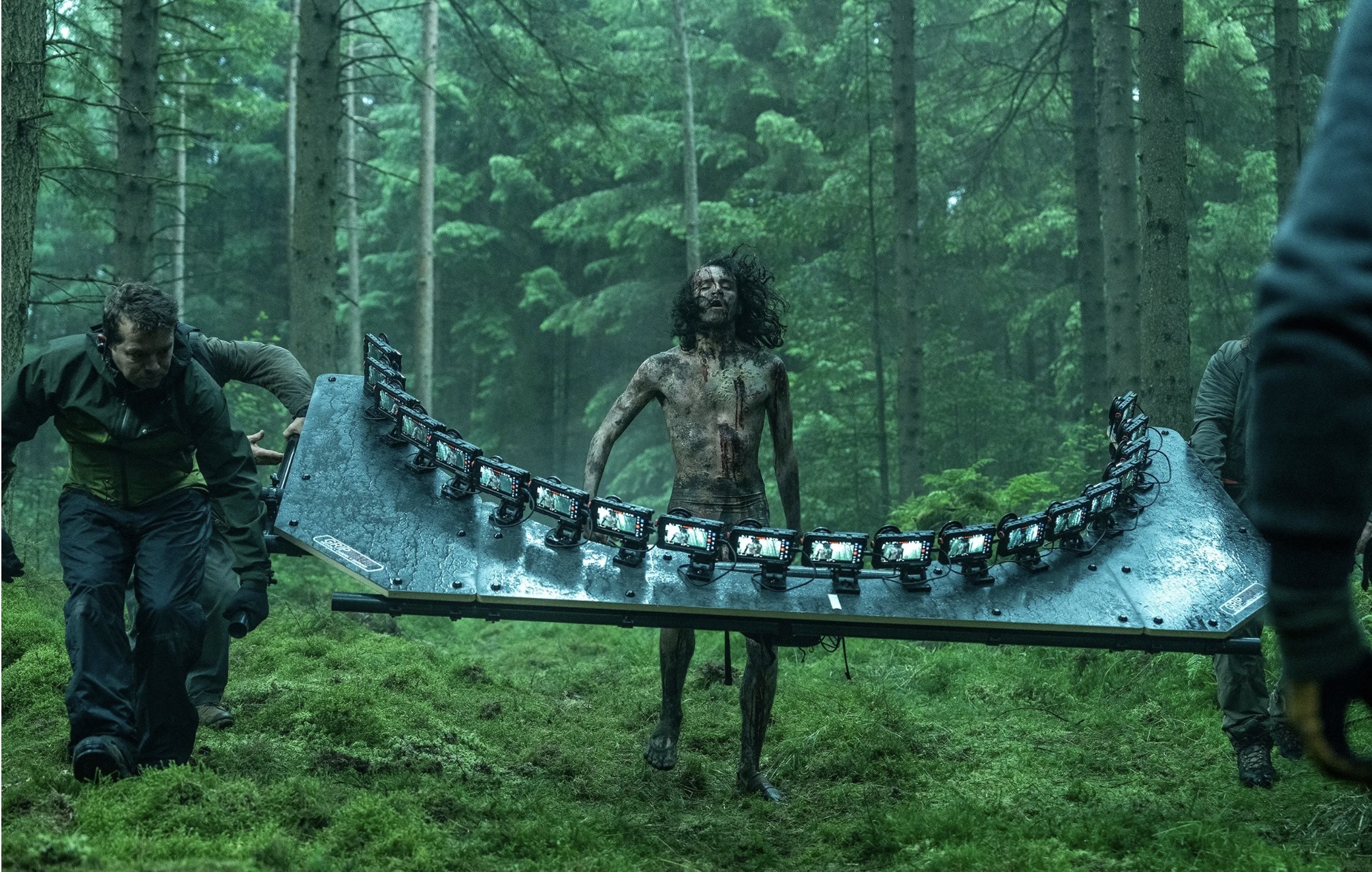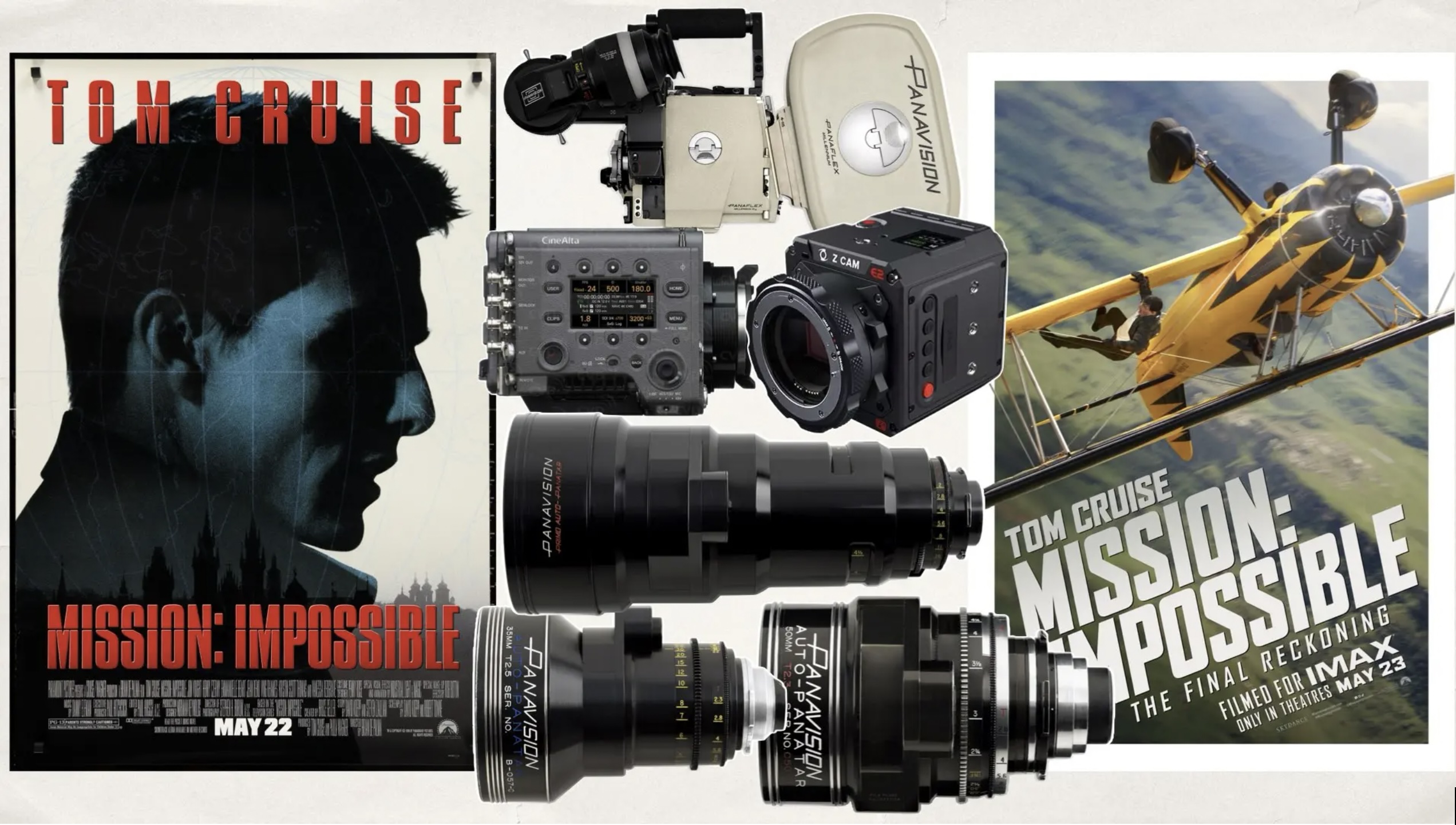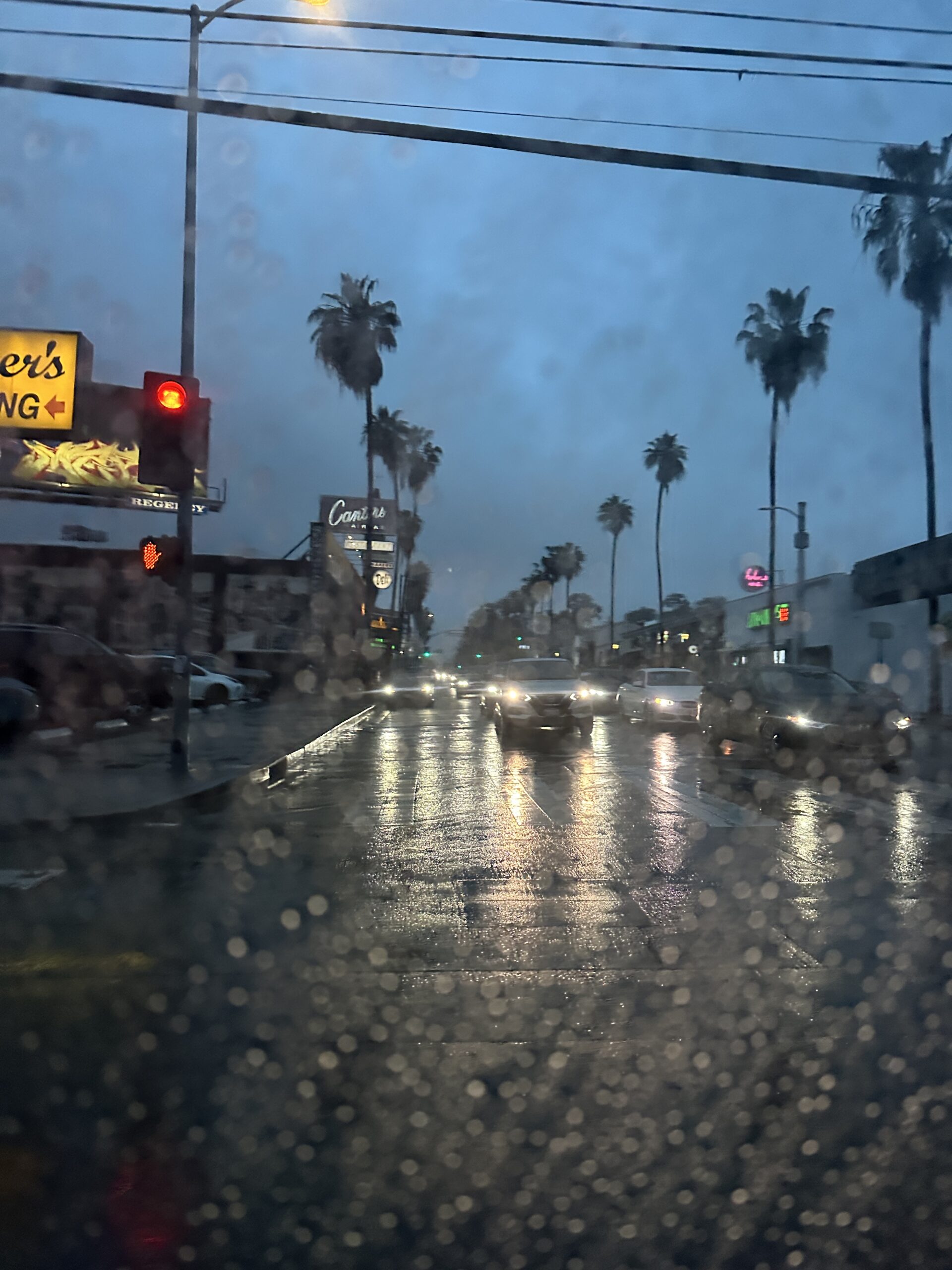Kodak Vision 2 nu i 250D
Kodak is introducing Kodak Vision2 / 250D color negative, the first daylight-balanced film in the Vision2 film family with a presentation and demonstration in Los Angeles on Nov. 9, 10 and 11.
Kodak Expands Vision2 Film Family with 250D
Kodak has added another option to the palette of color negative films available to cinematographers. Kodak Vision2 250D 5205/7205 color negative film is optimized for an exposure index of 250 in natural or artificial 5500 degrees Kelvin daylight, and also in mixed color temperature situations.
“This latest Vision2 film is designed to provide extraordinary creative latitude for cinematographers who are working in daylight conditions,” says Robert Mayson, general manager and vice president of image capture for the Kodak Entertainment Imaging division. “It leverages a quantum leap forward in emulsion science and technology to provide new creative flexibility.”
The new emulsion is available in 35 mm, 16 mm and 65 mm.
Cinematographers who have tested the new motion picture negative have reported that it renders true flesh tones with accurate color reproduction, a broader range of exposure latitude, and enhanced capacity for recording nuanced details in shadows and highlights.
This is the fifth member of the Kodak Vision2 film platform, which was originally introduced in November of 2002. Like all Vision2 emulsions, the new daylight film maintains superior image structure, ultra-fine grain, and a tonal scale designed to enhance efficiency and accuracy during both optical and digital postproduction.
“Cinematographers who shot early tests report that the new negative sees deeper into both highlight and shadow areas, and accurately records more nuanced details,” Mayson says. “They also like the fidelity of colors and skin tones, and the more subtle grain structure rendered with this new emulsion.”
Allen Daviau, ASC (“Van Helsing,” “Fearless,” “Bugsy”) was among the cinematographers who tested the new film.
“This new stock includes several innovations that make it a more natural recorder of daylight,” says Daviau. “The contrast is a touch softer, and it records a quieter rendition of reds. It is a distinct improvement that offers new opportunities for telling stories. We’re always trying to do things we haven’t done before. Each new advance in film technology allows us to be more daring.”
Roger Deakins, ASC, BSC (“The Village,” “House of Sand and Fog,” “A Beautiful Mind”) adds, “I like this new stock, and plan to use some of it on my next project. I found it to be a true 250-speed film with very fine grain. It also has less contrast than I have experienced with previous daylight films, and because it captures more information in the shadows and highlights I can see that it will be helpful on digital intermediate projects.”
The new emulsion also intercuts seamlessly with Kodak Vision2 500T 5218/7218, Kodak Vision2 100T 5212/7212 and Kodak Vision2 200T 5217/7217.
“This new family of films was designed in response to suggestions by cinematographers who want more flexibility and creative latitude,” says Mayson. “They also want the ability to retain the subtlest details recorded on the negative during both optical and digital postproduction with the goal of maintaining those characteristics of the images through to cinema and television screens.” He emphasizes that Kodak is still in the relatively early stages of leveraging advances made in emulsion technology. “Cinematography is an interpretive, global art form,” Mayson adds. “It’s not simply a means of recording visual information.”






